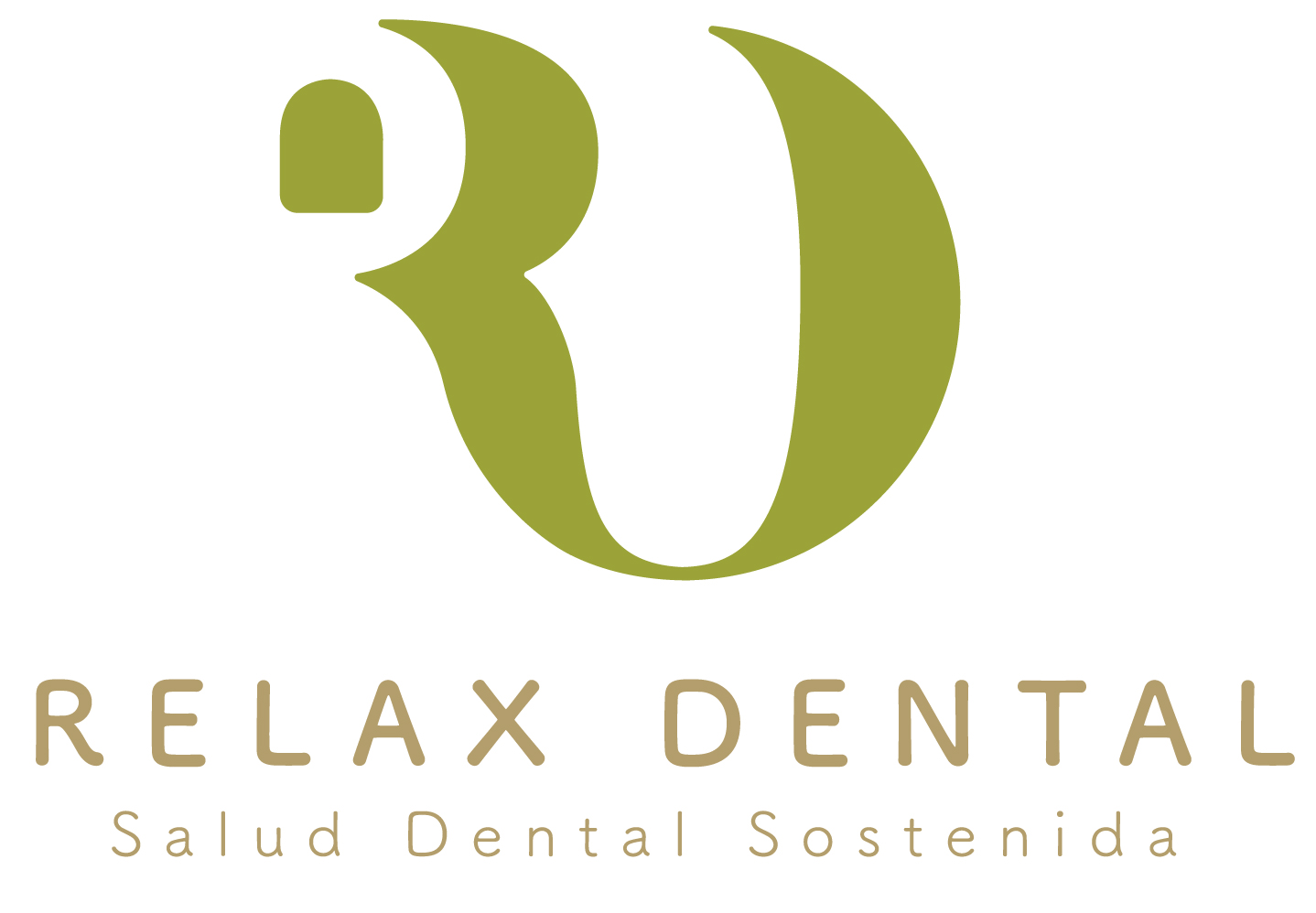
Over time, dental needs compile and increase the tendency for pain, limited chewing, and speaking function. Factors such as negative experiences, fear of the unknown after years of avoidance, or stress from financial implications of dental care are just a few major barriers to scheduling an appointment. What would seem like a routine preventive appointment to a clinician is often perceived as terrifying for many. While some level of compartmentalizing is necessary for maintaining control of the treatment environment and ensuring safe treatment, the same might not come so easily for the patient. Many people find that relaxation does help (as part of a package which includes a kind and competent dentist), but there’s no need to beat yourself up over it if it doesn’t do much for you.How many times have you been told by a patient, friend, or family member, “No offense, but I really hate going to the dentist?” Many dental professionals are already desensitized to the offensive statement, as well as other reactions that occur during an appointment.

– John Harvey, “A Psychologist and Dental Phobic Speaks…”, Journal of the Canadian Dental Association, January 2005
Relax dental how to#
It has been informative, kind and competent dentists who have helped me re-learn (literally) how to be a dental patient – through repeated exposure to good, collaborative care. That said, systematic desensitization with “imagined” stimuli (memories of trips to the dentist) never really helped me. The exception to this would be a course of relaxation training that was actually undertaken in a dental suite under the direction of a behaviour therapist probably when no examination, cleaning or intervention was scheduled. I won’t say don’t try meditating in the examining room, but it may not be the best place to start practising. Add to this the possibility of hyperventilating if the breathing exercises are done incorrectly and the practicality of this approach seems limited. The trouble with them is that they usually work only if you practice them pretty much daily. I find that deep-breathing exercises and “self-hypnosis” types of relaxation exercises can and do work. They’re not so good when you try to use them as the only means of trying to deal with your fears. Relaxation techniques can be very useful when used alongside other techniques mentioned in the Help section. You may also prefer relaxation tracks which contain music only, for example Zen, Spa, Yoga or Meditation music. It is best to “try before you buy” if possible. Guided imagery/meditation/self-hypnosis apps are a very personal thing as their effectiveness is very much dependent on whether you like the speaker’s voice or the background music. Nowadays, there are lots of apps available. Guided imagery brings you to a relaxing place, such as a beach, a garden or a meadow, evokes the sights, sounds, smells and sensations you may experience in this place, and creates a safe and secure environment in your mind. Visualisation is a great way of reducing stress… it helps you to relax!!Īll joking aside, guided imagery and self-hypnosis can be useful both during dental visits and in the run-up to your visit. You can learn and practice progressive muscle relaxation using this YouTube audio: Concentrate on finding areas of tension in your body and relaxing them, one after the other.Ĭommon areas of tension when in the dental chair may include your hands (you may want to place them loosely on your belly – that way, you can check that you’re breathing through your belly at the same time), the shoulders, the back, or indeed your whole body. Making an active effort to consciously relax your muscles can really help.

When we are anxious or when we anticipate pain, we tense our muscles (with many people literally “gripping the chair”!). However, it can be really helpful to master this technique at home, because it helps you become aware of tense muscles and you may then be able to use this knowledge to detect and relax tense areas of your body. This technique doesn’t work so well in the dental context, because it takes quite a long time until you’ve gone through all the different muscle groups! Progressive muscle relaxation works by isolating one muscle group, making the muscles go tense for 8-10 seconds and then letting the muscle relax and the tension go.
Relax dental for android#
If you have an Apple Watch, you can use the built-in Breathe app to practice controlled breathing, or for Android Wear use apps like BreatheWell.
Relax dental download#
You can also download deep breathing apps on the App Store or Google Play. So the sucker thingy I’ll associate with the wind, and so on. I relax all the muscles in the body and associate the sounds with sounds of nature. Or you might find a 5 seconds in – 5 seconds out rhythm works for you:

Video can’t be loaded because JavaScript is disabled: A calming breathing technique – Niall Neeson ()


 0 kommentar(er)
0 kommentar(er)
